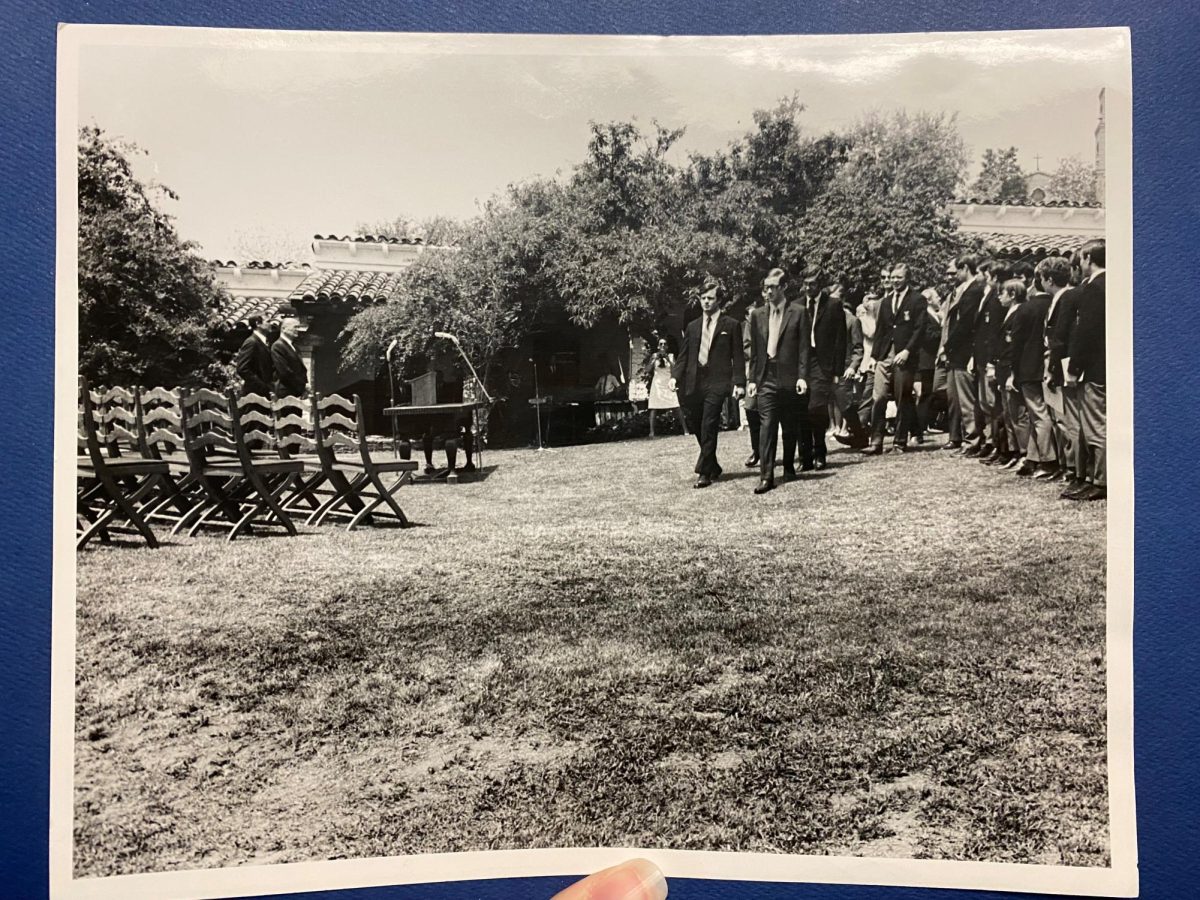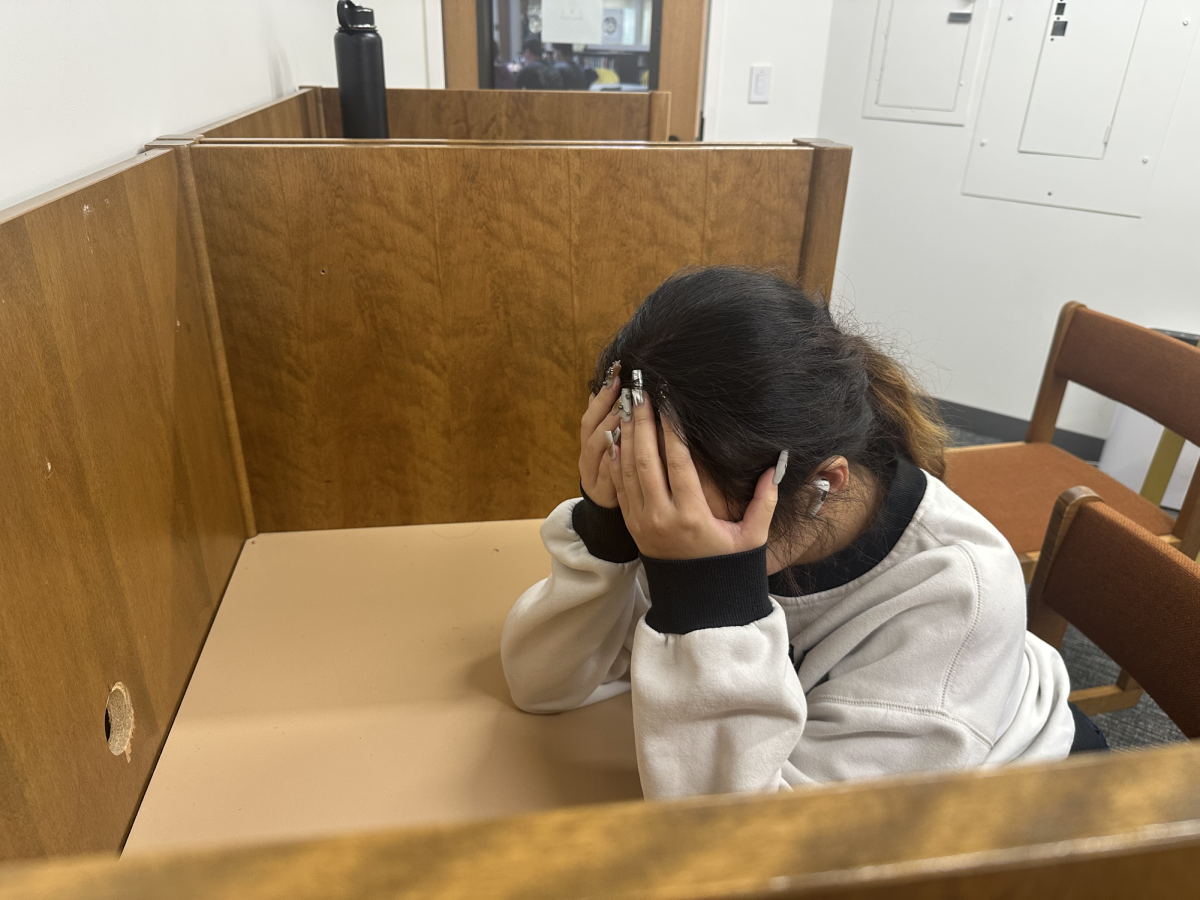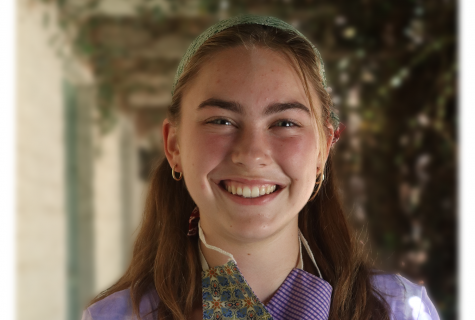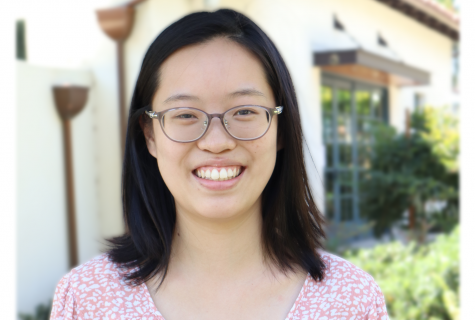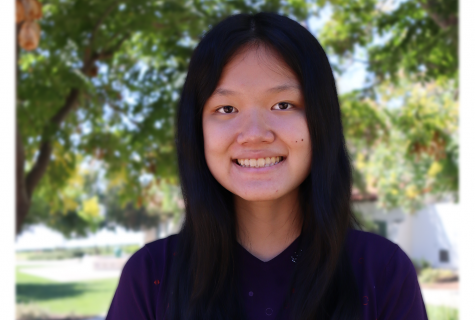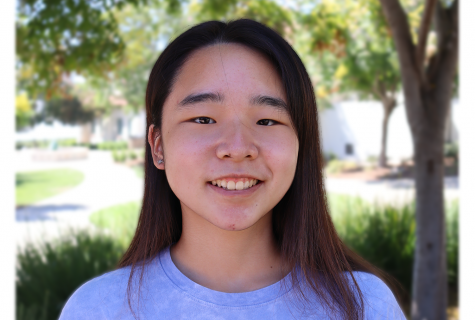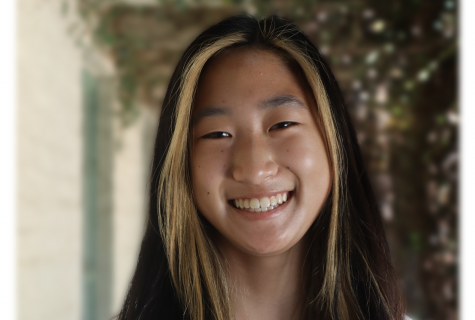After our return from winter break, positive COVID cases have surged, causing many students to feel anxious about the new Omicron variant. Given the high volume of community members who recently tested positive, the medical advisory board deemed it unnecessary to give continual updates to the entire community, like how they used to do. Under the current policy, only students identified as close contacts and under higher risks (such as unvaccinated members) are notified of new cases.
“There isn’t really a benefit of notifying someone unless there’s a known specific contact,” said Melanie Bauman, Director of Counseling and Health Education. “If we know that someone has a medical issue that puts them at a higher risk, then those people would get notifications. Unless there is a major policy change or something that puts us at risk, or unless we are seeing something that’s happening within our community, we wouldn’t send updates.”
Since the return from winter break, there have been three total community notifications in emails sent by Theresa Smith, associate head of schools. The first update was sent on Wednesday, January 5th, which seemed to be a regular notice informing the community about the positive cases on that day. Then, the second and third updates were sent on Friday, January 7th and Friday, January 14th indicating the total number of COVID cases throughout the week. The school released no information in the 7-day window between the two Fridays.
The major argument Webb is making against releasing the exact number of COVID cases is by citing the Health Insurance Portability and Accountability Act of 1996 (HIPAA). HIPAA is a federal law protecting a patient’s right not to have sensitive medical information disclosed without the patient’s consent or knowledge.
However, according to United States Department of Education, a school can disclose the number of students who have COVID to parents and students in the community without prior written consent, as long as the information the school shares does not identify any individual student.
Therefore, while Webb cannot reveal exactly which members of the community test positive, it is important to communicate frequently with students.
With more frequent communication and accurate information, students can make smarter decisions with a better understanding of the COVID situation on campus. Students can have the information needed to take corresponding precautions and evaluate what kind of masks to wear and whether to eat outside based on the level of risks.
Moreover, information can not only relieve stress, but also prevent rumors and dispel misinformation.
As the school is only currently releasing weekly updates on Friday regarding positive cases, it is inevitable that students seek information in alternative ways. The reality is that news travels fast at Webb. In a tight-knit 150-acre community with 395 students, rumors —whether accurate or inaccurate— can spread within hours. While throughout last week, Webb had been keeping the number of positive cases confidential to reduce school-wide anxiety and panic, the decision is, in reality, fueling misinformation.
The administration used to be transparent with students by sending out community notices whenever a member tested positive, and Webb has made some attempts to be transparent, like the assemblies we had shortly after arriving on campus. Upper administrators talked about the COVID protocols Webb is enforcing due to the recent surge, but without proper information, students are left to spread guesswork and gossip.
By being transparent in disclosing the number of cases and giving students and parents regular updates, Webb can provide community members with the proper information to gauge their worries, which will relieve any unnecessary anxiety.
Without transparency, Webb also imposes shame on those with COVID. Right now, we are avoiding the topic instead of directly confronting it. As a result, the current narrative of COVID on campus makes it almost taboo to discuss our current situations. In order for students to feel safe, it is not only important to inform us of the big picture, but also normalize the discussions surrounding the pandemic.
The more open and transparent we are about COVID, the safer our community can be.
Correction Statement: In the originally published article, we mistakenly identified Webb’s student population as 406. It is in fact 395.


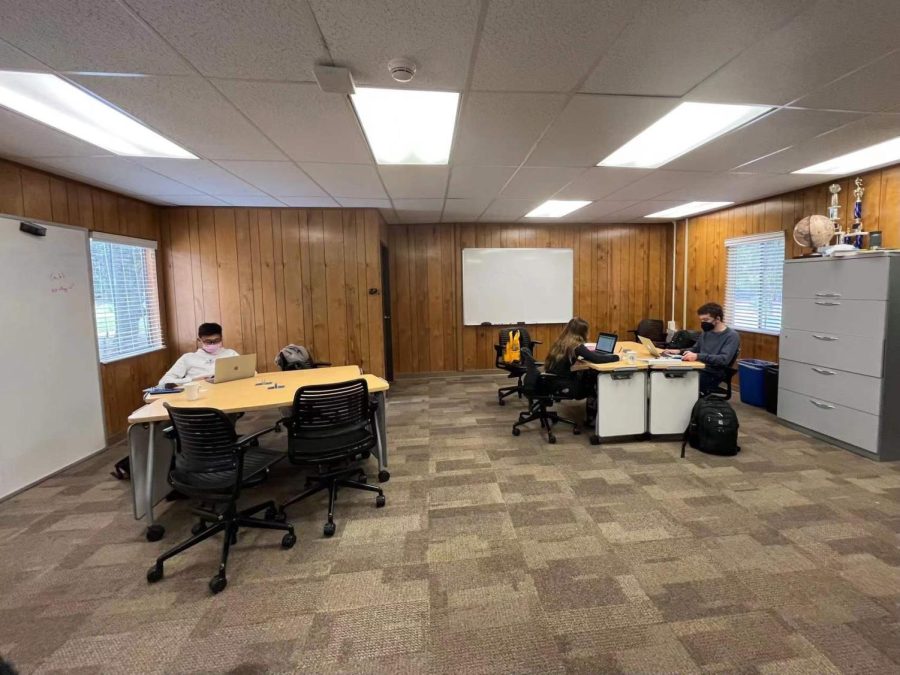


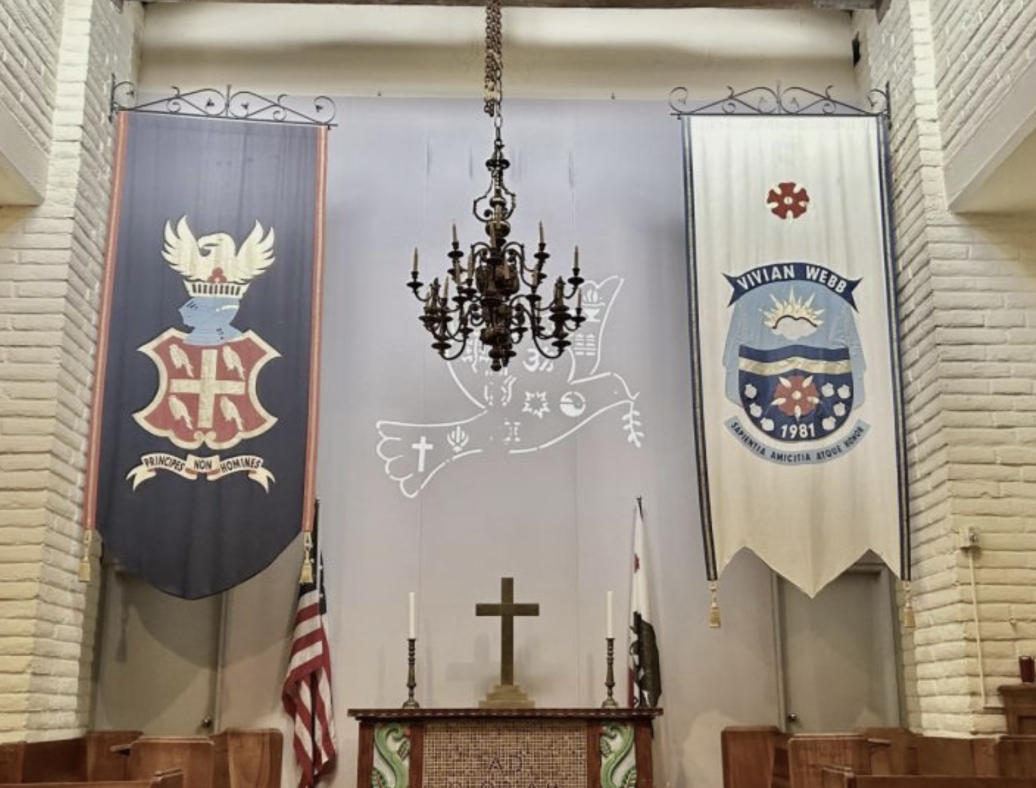
![Many Webb students spend their free time in the library watching a popular TV show like Riverdale and Euphoria. “Based off what I’ve seen, like in Euphoria, because the actors are older, they don't showcase an actual high school life properly,” Sochika Ndibe (‘26) said. “Since [the actors] are older [and] playing a teenager, from a girl’s perspective, it is going to make you think you should look more developed at a young age.” The actor, who plays Veronica Lodge, was 22 years old at the time of filming.](https://webbcanyonchronicle.com/wp-content/uploads/2025/03/Antecol-Media-affects-how-society-functions-graphic-1200x900.png)






